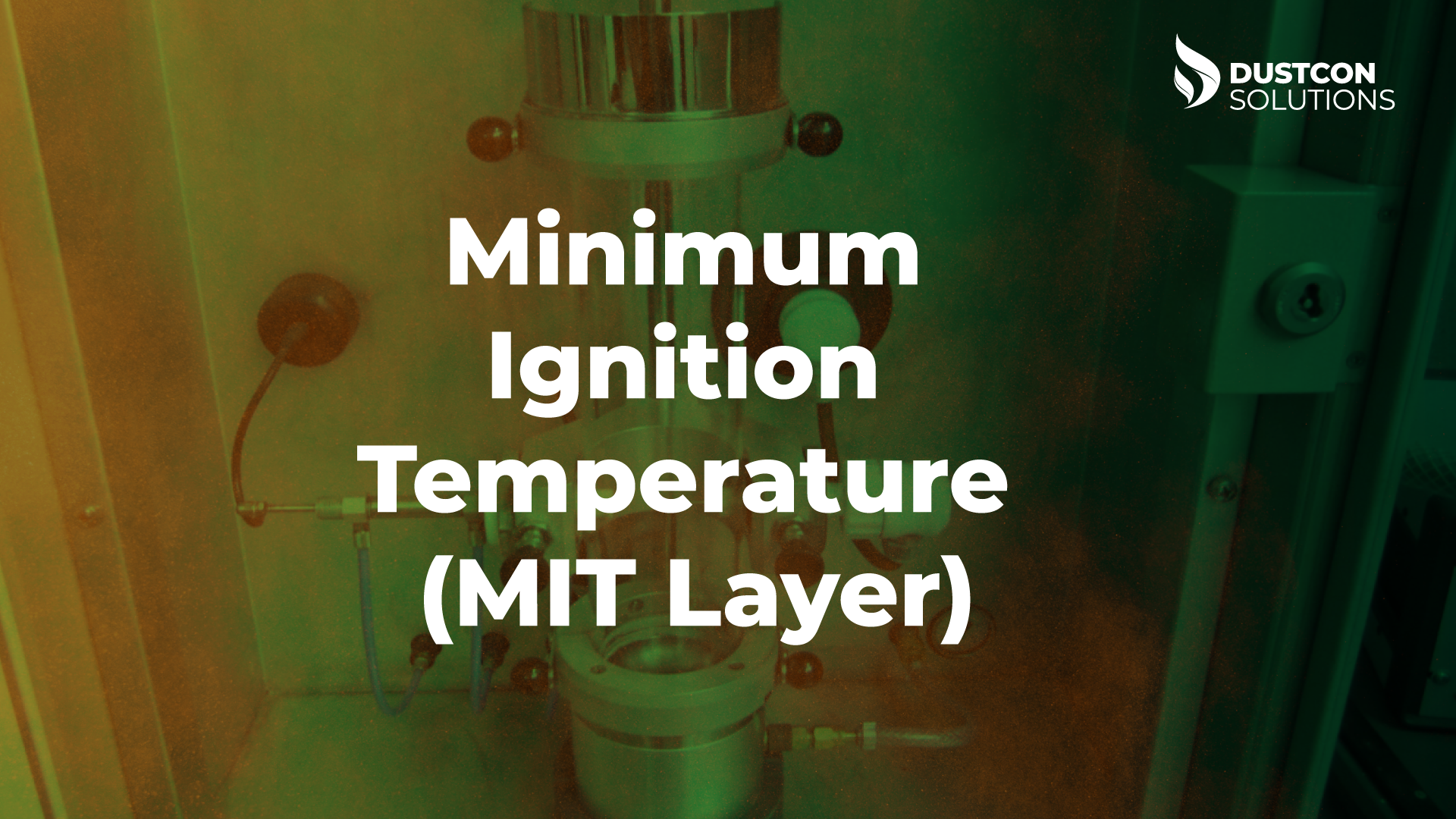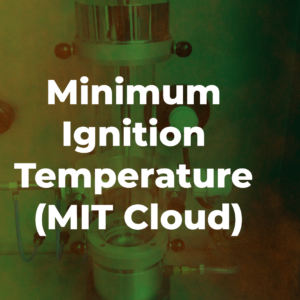Minimum Ignition Temperature – Dust Layer (MIT-layer) Test
The Minimum Ignition Temperature – Dust Layer test is used with powders to determine the surface ignition temperature at which a dust layer of specific thickness will begin to self-heat, ignite, or decompose. Because of the dependence of ignition temperature on layer thickness, the test data obtained at one thickness will not be applicable to all industrial situations. However, data obtained from the standardized test method provides a relative measure of the hot-surface ignition temperature of a dust layer. The test is performed by repeatedly placing a dust layer on a heated hot plate set to different temperatures and observing outcomes.
The test data can be of value in determining safe operating conditions in industrial plants, manufacturing processes, and locations of powder usage, storage, and accumulation. The results of the MIT-layer and MIT-cloud test are used together to specify the maximum operating temperature for the electrical and mechanical equipment used in dusty environments (Class II).
The Minimum Ignition Temperature – Dust Layer test is performed in accordance with the requirements of the current edition of the American Society for Testing and Materials (ASTM) E2021.









